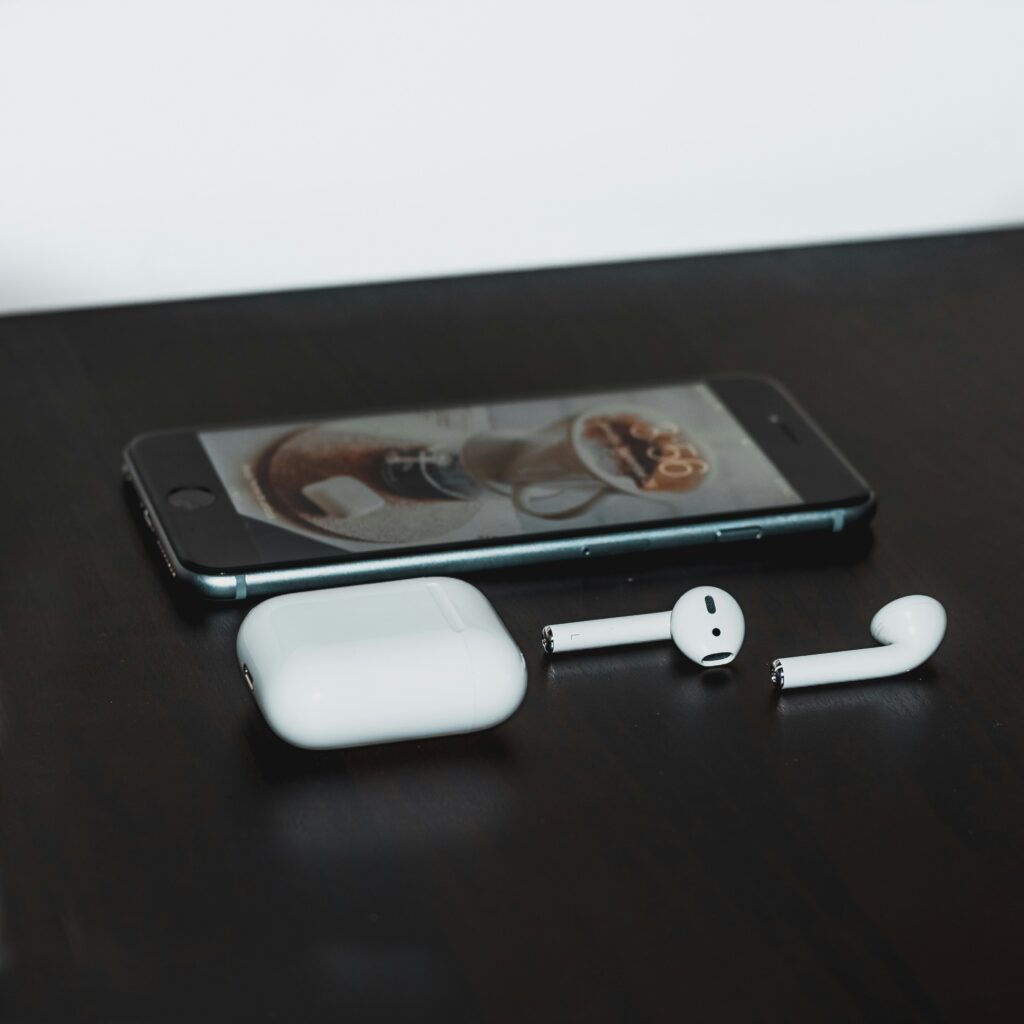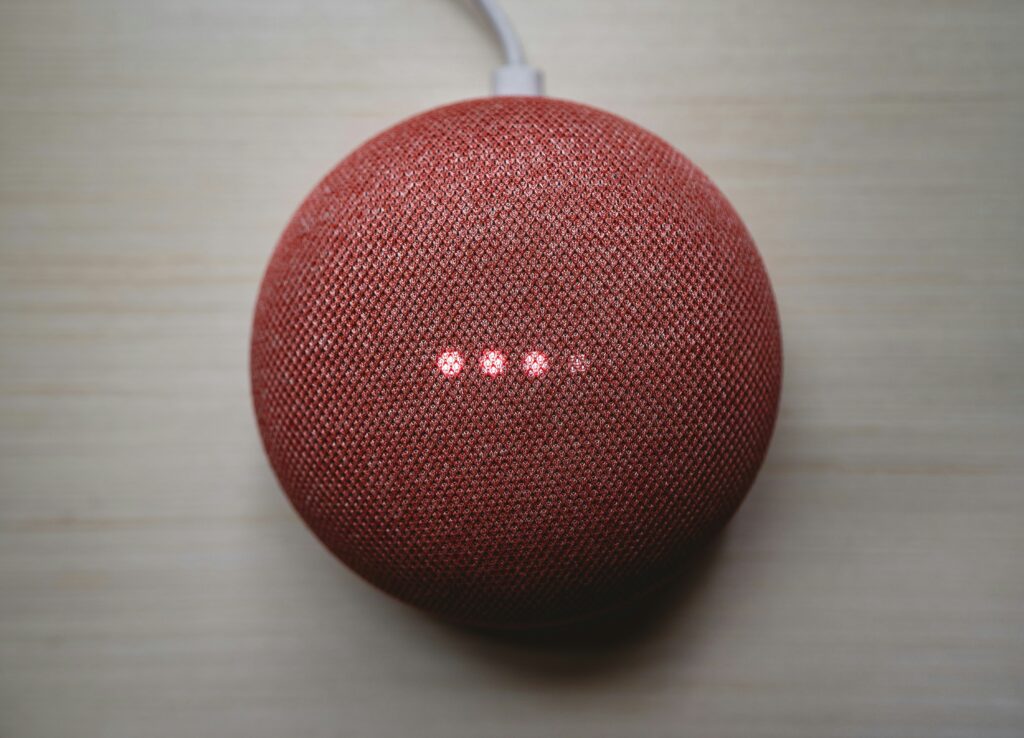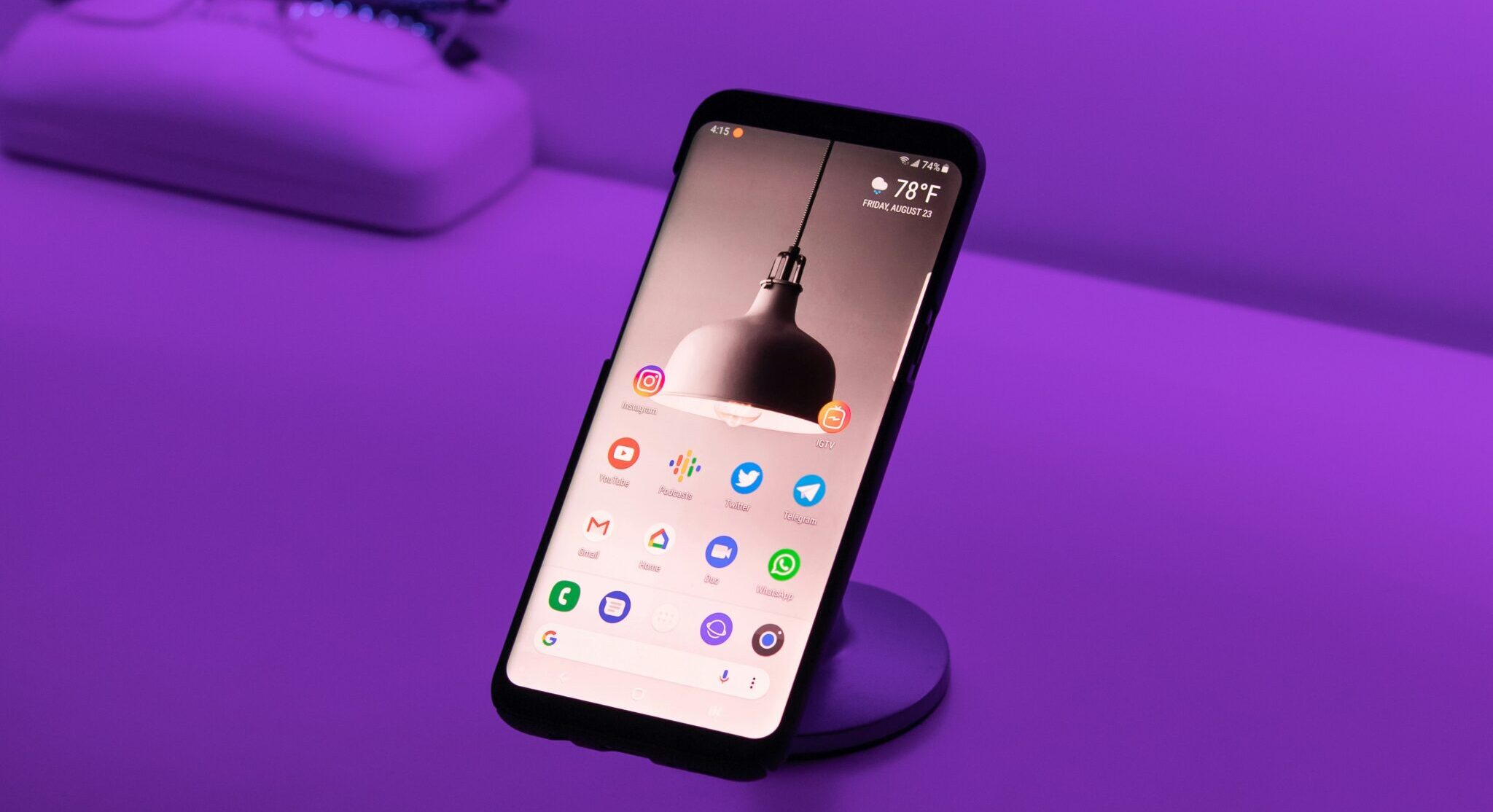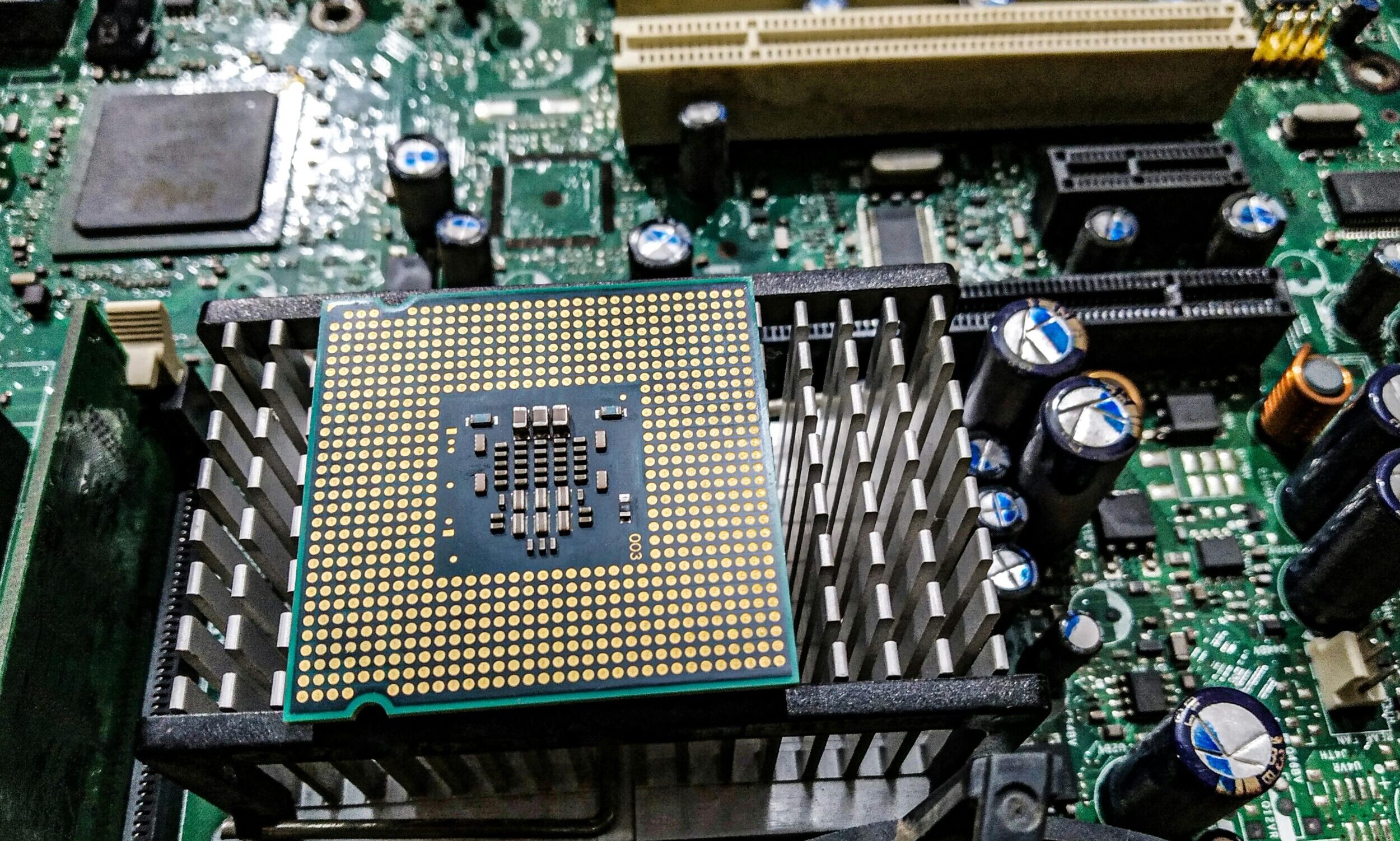The history of mobile phones is a fascinating journey of technological innovation, marked by rapid advancements that transformed communication and reshaped society. From bulky analog devices to sleek, multifunctional smartphones, the evolution of mobile technology reflects human ingenuity and the drive for connectivity. Looking ahead, emerging trends like artificial intelligence (AI), augmented reality (AR), and advanced battery technologies promise to redefine what mobile devices can do. here is a detailed exploration of the past, present, and future of mobile phones, addressing how the technology “discovered” its trajectory through key milestones and what lies ahead.

The Past: The Evolution of Mobile Phones
Early Foundations (Pre-1973)
The concept of wireless communication predates the mobile phone by decades. In the late 19th and early 20th centuries, pioneers like Guglielmo Marconi developed wireless telegraphy using radio waves, laying the groundwork for mobile communication. By the 1940s, two-way radio systems were used for military and emergency services, but these were short-range and often vehicle-mounted due to their size and power requirements. In 1947, Bell Labs engineers Douglas H. Ring and W. Rae Young proposed the idea of hexagonal cells for mobile networks, a foundational concept for cellular technology, though the technology to implement it didn’t yet exist.
The Birth of Mobile Communication (Pre-Cellular Era
Early Concepts (Late 19th–Early 20th Century)
- 1876: Alexander Graham Bell invents the telephone (wired communication).
- 1908: Nathan Stubblefield demonstrates wireless telephony (precursor to mobile tech).
- 1926: First train-to-ground mobile phone (Germany).
Mobile Radio Systems (1940s–1970s)
- 1946: AT&T introduces Mobile Telephone Service (MTS) – bulky, car-mounted devices.
- 1960s: Improved Mobile Telephone Service (IMTS) – reduced call setup time.
- 1973: Motorola DynaTAC 8000X (first handheld mobile phone prototype, 2.2 lbs).
The mobile phone era began on April 3, 1973, when Motorola engineer Dr. Martin Cooper made the first public mobile phone call in New York City to his rival, Joel Engel at Bell Labs, using the Motorola DynaTAC prototype. This device, weighing 2.4 pounds (1.1 kg) and measuring 9 inches tall, was a breakthrough, demonstrating that handheld wireless communication was possible.
In 1983, Motorola released the DynaTAC 8000X, the first commercially available mobile phone. Nicknamed “The Brick,” it was large, heavy, and expensive at $3,995 (equivalent to over $10,000 today). It offered 30 minutes of talk time after a 10-hour charge and was primarily a status symbol for business professionals. These early phones operated on analog 1G networks, which had limited range and poor call quality but marked the start of mobile communication.
The Cellular Revolution (1G to 5G)
1G (1980s) – Analog Voice
- 1983: Motorola DynaTAC 8000X (first commercial mobile phone, $3,995).
- Technology: FDMA (Frequency Division Multiple Access).
- Limitations: No encryption, poor battery life, limited coverage.
2G (1990s) – Digital Voice & SMS
- 1991: First GSM network (Finland, Radiolinja).
- Key Features:
- Digital encryption.
- SMS texting (first SMS sent in 1992: “Merry Christmas”).
- Iconic Phones: Nokia 3310, Motorola StarTAC.
3G (2000s) – Mobile Internet
- 2001: First 3G network (Japan, NTT DoCoMo).
- Key Features:
- Web browsing (slow, ~2 Mbps).
- Video calling (rarely used).
- iPhone (2007): Revolutionized smartphones (touchscreen, apps).
4G (2010s) – Broadband Speeds
- 2010: First LTE network (Sweden, TeliaSonera).
- Key Features:
- HD streaming (Netflix, YouTube).
- VoIP (WhatsApp, Skype calls).
- Peak Speed: 1 Gbps (theoretical).
5G (2020s) – Ultra-Low Latency & IoT
- 2019: First commercial 5G (South Korea, SK Telecom).
- Key Features:
- 1–10 Gbps speeds.
- 1ms latency (critical for AR/VR, autonomous cars).
- Massive IoT (smart cities, wearables).
- Challenges: High infrastructure cost, mmWave limitations.
The Digital Revolution and Mass Adoption (1990s–2000s)
The 1990s, often called the “digital decade,” saw mobile phones become more accessible. The introduction of the Global System for Mobile Communications (GSM) in 1991 ushered in 2G digital networks, enabling text messaging (SMS, born in 1992) and better call quality. Devices like the Nokia 1011 (1992) and the iconic Nokia 3310 (2000) became symbols of durability and affordability, with features like monochrome screens and long battery life. The Motorola StarTac (1996) introduced the clamshell design and was marketed as a luxury item, while Siemens’ S10 (1998) brought the first color screen.
In 1994, IBM released the Simon Personal Communicator, often considered the first smartphone. It featured a touchscreen (requiring a stylus), email, calendar, and basic apps like a calculator and address book, selling 50,000 units despite its short lifespan. The 1997 Nokia 6110 introduced mobile gaming with Snake, and in 1999, Japan’s Kyocera Visual Phone VP-210 and Sharp’s J-SH04 debuted as the first commercial camera phones, marking the start of mobile photography. By 2000, 2G networks enabled basic internet access via WAP (Wireless Application Protocol), though speeds were slow.
The Smartphone Era (2007–Present)
The launch of Apple’s iPhone in 2007 was a pivotal moment, redefining the mobile phone as a multifunctional device. Announced by Steve Jobs as a “revolutionary and magical product,” the iPhone combined a touchscreen interface, internet browser, iPod, and phone capabilities. Its App Store (2008) allowed third-party app development, unleashing a wave of software innovation. The iPhone’s success, with 1.4 million units sold in its first year, set a new standard for smartphones.
In 2008, the HTC Dream (T-Mobile G1), the first Android smartphone, was released, running Google’s open-source Android OS. Unlike iOS, Android supported multitasking and ran on various hardware, leading to its dominance with over 85% global market share by 2018. The rivalry between iOS and Android fueled rapid advancements, with features like GPS, better cameras, and 3G connectivity (introduced in 2001) becoming standard.
The 2010s saw further leaps with 4G networks (launched 2009), enabling faster data speeds for streaming and video calls. Camera technology advanced with multi-lens setups and computational photography, while displays evolved to higher resolutions and foldable designs. By 2019, 5G networks began rolling out, offering gigabit-per-second speeds and low latency, supporting applications like AR, VR, and cloud gaming.
Societal Impact
Mobile phones reshaped communication, moving from voice calls to text, email, and instant messaging. They introduced new social norms, like expecting instant responses, and enabled global connectivity, as seen in events like the Arab Spring, where smartphones facilitated social movements. However, concerns arose about privacy (e.g., data retention by carriers) and dependency, with terms like “smombie” (smartphone zombie) describing distracted users. Encryption and biometrics like fingerprint scanners became standard to protect data, though issues like spyware (e.g., Pegasus) highlighted ongoing security challenges.
The Present: Current State of Mobile Technology (2025)
As of July 2025, smartphones are indispensable, serving as primary devices for communication, entertainment, work, and health. Key features include:
- 5G and Connectivity: 5G networks are widespread, enabling ultra-fast downloads, low latency, and IoT integration. Wi-Fi 6 and Bluetooth advancements enhance short-range communication.
- AI Integration: AI powers voice assistants (Siri, Bixby), predictive text, and computational photography, with agentic AI emerging for autonomous tasks like scheduling or health monitoring.
- Advanced Displays: Foldable screens, higher refresh rates (e.g., 120 Hz), and photonic crystal displays that adapt to ambient light are gaining traction.
- Cameras: Multi-lens systems with telephoto, wide-angle, and low-light capabilities rival DSLR cameras. Features like 48-megapixel sensors (e.g., iPhone 14) are common.
- Battery and Security: Lithium-ion batteries remain standard, but silicon-carbon and solid-state batteries promise longer life and faster charging. Encryption and biometrics ensure data security.
- Apps and Ecosystems: App stores host millions of apps (3.3 million on Google Play, 2.2 million on Apple’s App Store), with AR, machine learning, and voice control enhancing functionality.
- User Experience (UX): Mobile UX design emphasizes emotional intelligence, voice search (used by 44% of users weekly), and app discovery via widgets and categorized home screens.
Smartphones dominate, with Android holding ~85% global market share and iOS ~40% in the U.S. Other platforms like BlackBerry and Windows Phone have negligible presence.
The Future: 6G and Beyond (2030–2050)
6G (Expected 2030)
- Projected Features:
- Terahertz (THz) frequencies (100+ Gbps speeds).
- AI-integrated networks (self-optimizing).
- Holographic communication (3D telepresence).
- Brain-computer interfaces (BCI) (neural-linked devices).
- Research Leaders:
- China (Huawei, 6G white paper).
- USA (NextG Alliance, DARPA).
- EU (Hexa-X project).
Beyond 6G: Quantum Communication & Bio-Integrated Devices
- Quantum-Secure Networks:
- Unhackable quantum encryption (QKD).
- Bio-Electronic Devices:
- Smartphones embedded in wearables (e.g., smart contact lenses).
- Space-Based Mobile Networks:
- SpaceX’s Starlink + 6G satellite integration.

The Future: What Lies Ahead for Mobile Technology
The future of mobile phones is shaped by emerging technologies, consumer demands, and societal shifts. Here are key trends and predictions:
1. Beyond Smartphones: New Form Factors
Smartphones may not remain the dominant mobile device. Wearable devices like smartwatches (e.g., Apple Watch) and AR glasses are gaining features that rival smartphones, potentially replacing them. Foldable phones, like modern versions of the 1998 clamshell, are evolving into tablet-like devices. Brain-computer interfaces and implantable tech could eventually reduce reliance on handheld devices.
2. Advanced AI and Agentic Systems
AI will make mobile devices more intuitive, with agentic AI performing complex tasks autonomously (e.g., managing schedules or health diagnostics). Voice assistants will evolve to understand emotions, and apps like Athelas could use lens attachments to track diseases like malaria or cancer in real-time, saving lives by reducing the need for infrequent health screenings. However, privacy concerns will intensify as companies collect health and behavioral data.
3. Augmented and Virtual Reality (AR/VR)
AR will transform mobile experiences, overlaying digital information on the real world (e.g., viewing restaurant menus via QR codes or virtually trying on clothes). VR headsets could create immersive retail or gaming environments. 5G’s low latency will make these applications seamless, with retail giants like IKEA already using AR for furniture previews.
4. Battery and Hardware Innovations
Future batteries, like silicon-carbon or solid-state, will offer higher energy density and faster charging (e.g., StoreDot’s nanotechnology battery charging in under a minute). Flexible displays and liquid-filled touchscreen keyboards (e.g., Phorm case) could enhance tactile feedback. Photonic crystal displays will adapt to ambient light, improving visibility.
5. Connectivity and 6G
While 5G is still expanding, 6G is in research, promising terabit-per-second speeds and near-zero latency by 2030. This will enable holographic communication, advanced IoT, and edge computing, where data processing occurs closer to the device for faster responses.
6. Privacy and Security
As mobiles handle sensitive data (e.g., health, financial), security will be paramount. Quantum-safe cryptography will counter future threats, while emotion-sensing technology raises ethical questions about data privacy. Governments may increase surveillance to combat misinformation, as seen in events like the Arab Spring.
7. Societal and Cultural Shifts
Mobile devices will continue shaping behavior, potentially deepening dependency and “smombie” culture. However, they’ll also empower underserved communities by providing access to education, healthcare, and economic opportunities via apps. Foldable devices and AR could redefine work, with iPads or similar devices replacing desktops, as Apple envisions.
8. Sustainability and Ethical Design
With climate change a global priority, future mobiles will prioritize eco-friendly materials and energy-efficient designs. Modular phones, allowing component upgrades, could reduce e-waste. AI-driven UX will focus on minimalism, reducing cognitive overload from app clutter.
Key Technological Breakthroughs
| Decade | Breakthrough | Impact |
|---|---|---|
| 1980s | First commercial mobile phone | Made wireless personal. |
| 1990s | GSM & SMS | Global standardization. |
| 2000s | iPhone & App Store | Smartphone revolution. |
| 2010s | 4G LTE & cloud computing | Mobile-first internet. |
| 2020s | 5G & foldable phones | IoT & edge computing boom. |
| 2030s | 6G & AI-native networks | Ubiquitous AR/VR & smart everything. |
How Mobile Technology “Discovered” Its Path
Mobile technology’s evolution wasn’t a linear discovery but a series of breakthroughs driven by:
- Innovation and Competition: Motorola’s DynaTAC, IBM’s Simon, and Apple’s iPhone were responses to market needs and rivalries (e.g., Cooper’s call to Bell Labs). Android’s open-source model countered iOS’s walled garden, spurring diversity.
- Consumer Demand: Users demanded smaller, cheaper, and more functional devices, pushing companies to innovate (e.g., Nokia 3310’s durability, iPhone’s touchscreen).
- Infrastructure Advances: From 1G to 5G, network improvements enabled new features like texting, internet, and AR. GSM’s standardization in the 1990s was critical for global interoperability.
- Cultural Shifts: Mobiles became cultural icons, from Snake to social media, reflecting society’s need for instant connectivity and expression.
The future will likely follow a similar pattern, with AI, AR, and 6G responding to demands for smarter, more immersive, and sustainable devices. However, challenges like privacy, misinformation, and dependency will require careful navigation.

Conclusion
Mobile phones have evolved from Martin Cooper’s 1973 call to today’s smartphones, which are pocket-sized computers with global connectivity. This journey was driven by technological leaps (1G to 5G, analog to touchscreens), consumer needs, and competitive innovation. Looking forward, AI, AR, advanced batteries, and 6G will push mobiles beyond smartphones, potentially into wearables or neural interfaces, while addressing privacy and sustainability concerns. The mobile’s past teaches us that its future will be shaped by human creativity and the relentless pursuit of connection, with profound implications for society.
Recommended Reading:
- The One Device: The Secret History of the iPhone (Brian Merchant)
- 6G: The Next Horizon (Huawei, 2023 White Paper)















